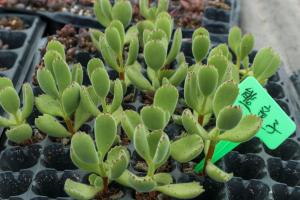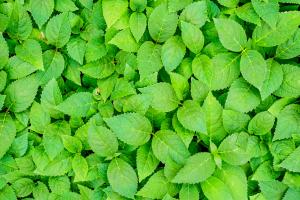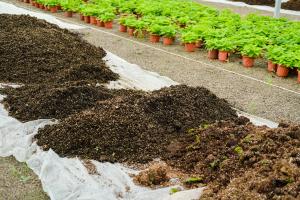How to Propagate Fig Trees from Cuttings
Fig trees are a wonderful addition to any garden or landscape. Not only do they provide delicious fruit, but they also have ornamental value with their large, lush leaves and interesting gnarled bark. One way to increase your fig tree collection or share your favorite variety with friends is by propagating fig trees from cuttings. Here's how to do it.
1. Gather Cuttings
To propagate fig trees from cuttings, you'll need healthy, disease-free twigs taken during the tree's dormant season. Find twigs that are about the width of a pencil and between 6 to 10 inches long. Take a cutting from the current year's growth, as they'll have the greatest chance of success. Make sure to use clean shears to avoid any contamination.
2. Prepare Cuttings
After gathering the cuttings, remove any leaves that are on the lower third of the branch to avoid wasting energy in rooting. Take care not to damage the node where the leaf was attached. Next, cut the bottom of the cutting diagonally, just below the node, and the top of the cutting straight across, above the next leaf node. This will create a cutting that's about 4 to 6 inches long.
3. Dip in Hormone Powder
Dipping the cuttings in a rooting hormone powder is optional, but it can significantly increase your success rate. Look for a hormone powder that is specifically formulated for hardwood or semi-hardwood cuttings. Dip the bottom of the cutting into the powder and gently shake off any excess.
4. Plant in Soil
Fill a pot with a well-draining potting mix that's been moistened. Make a hole in the center of the soil about 2 inches deep using a pencil or dowel. Insert the cutting into the hole and pack the soil around the stem to secure it. You can plant several cuttings in a single pot, as long as they're spaced out enough to allow for air circulation.
5. Water and Cover
Water the soil thoroughly after planting, making sure not to let it dry out. To create a humidity dome, cover the pot with a clear plastic bag or a layer of plastic wrap. This will help maintain a moist environment and encourage the cutting to root. Place the pot in a warm, bright location, but out of direct sunlight.
6. Monitor and Wait
Check on your cuttings regularly to make sure the soil stays moist, but not too wet, and that any dead leaves or mold are removed. After several weeks, gently tug on the cutting to see if it has rooted. If you feel resistance, it's a good sign that roots have formed. Once roots are visible, it's time to remove the humidity dome and transition the cutting to a larger pot or transplant it to its permanent home in the garden.
In conclusion, propagating fig trees from cuttings is an easy and rewarding way to increase your collection, share your favorite variety, or preserve a family heirloom. With a little patience and care, you can successfully propagate fig trees and enjoy the delicious fruit and ornamental value for years to come.

 how many times do yo...
how many times do yo... how many planted tre...
how many planted tre... how many pine trees ...
how many pine trees ... how many pecan trees...
how many pecan trees... how many plants comp...
how many plants comp... how many plants can ...
how many plants can ... how many plants and ...
how many plants and ... how many pepper plan...
how many pepper plan...






























